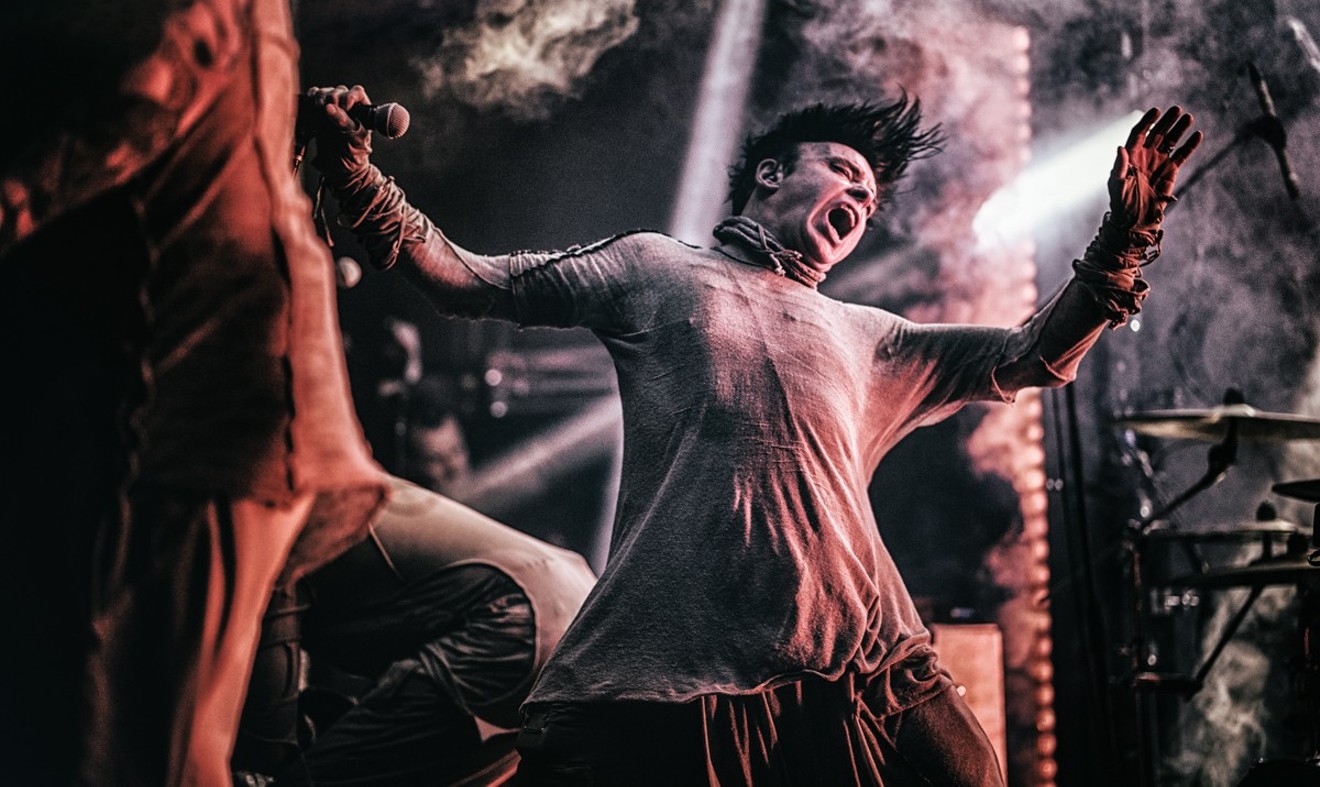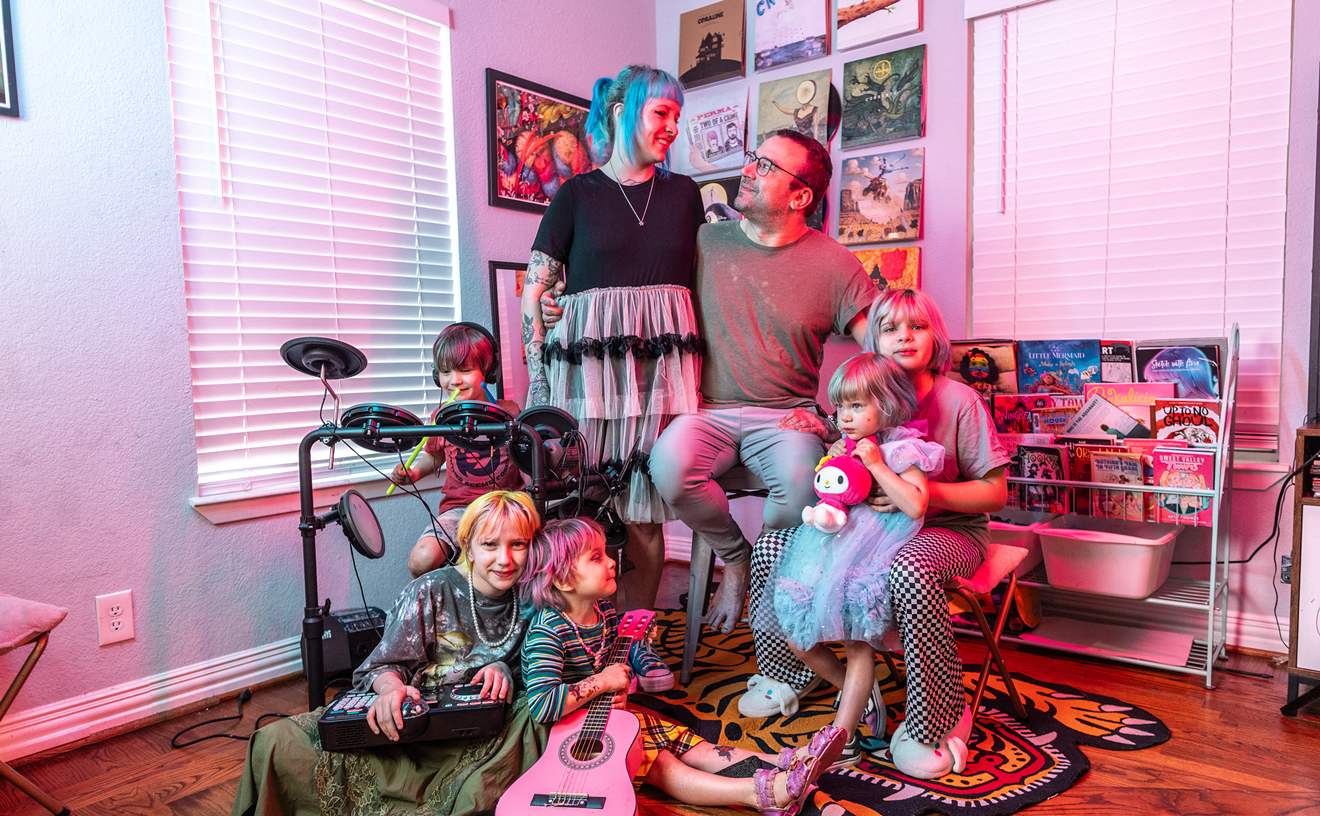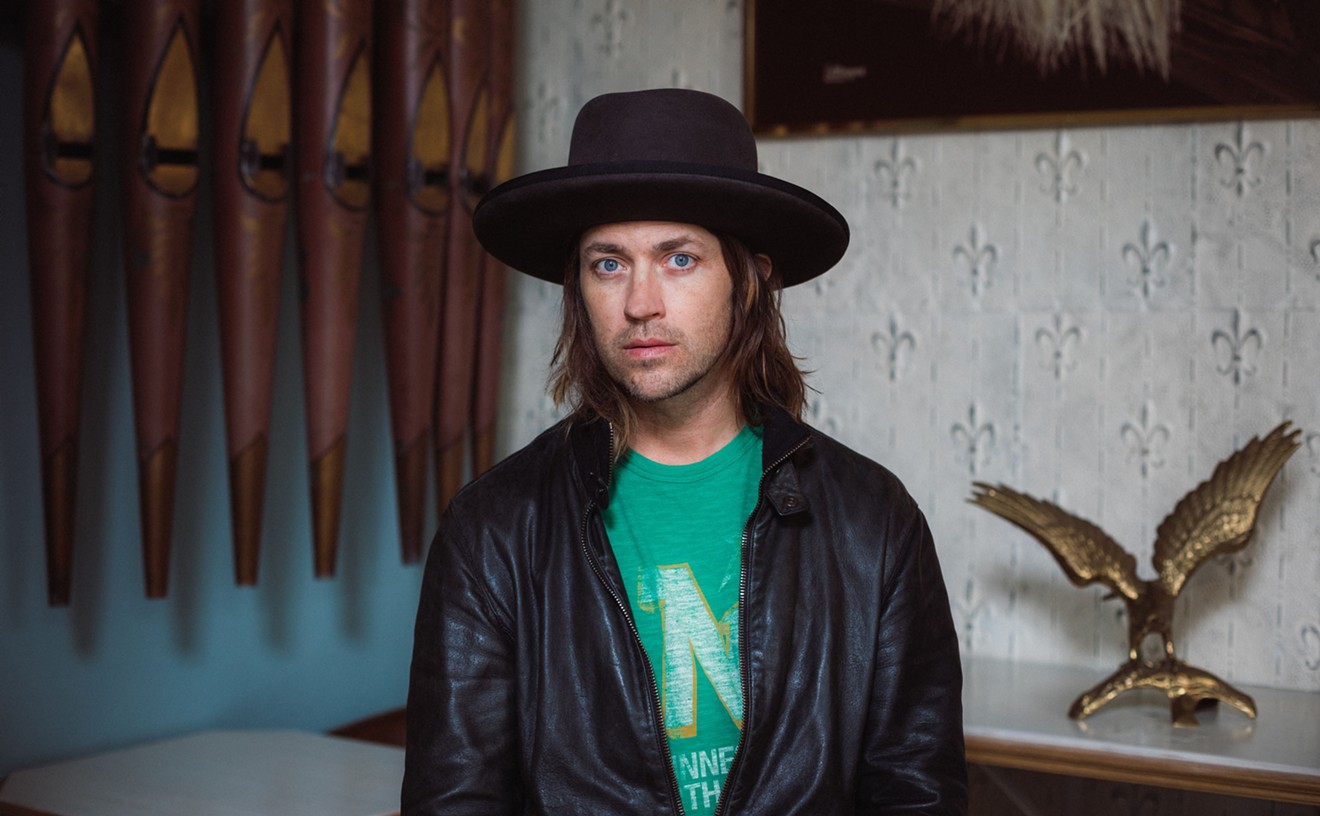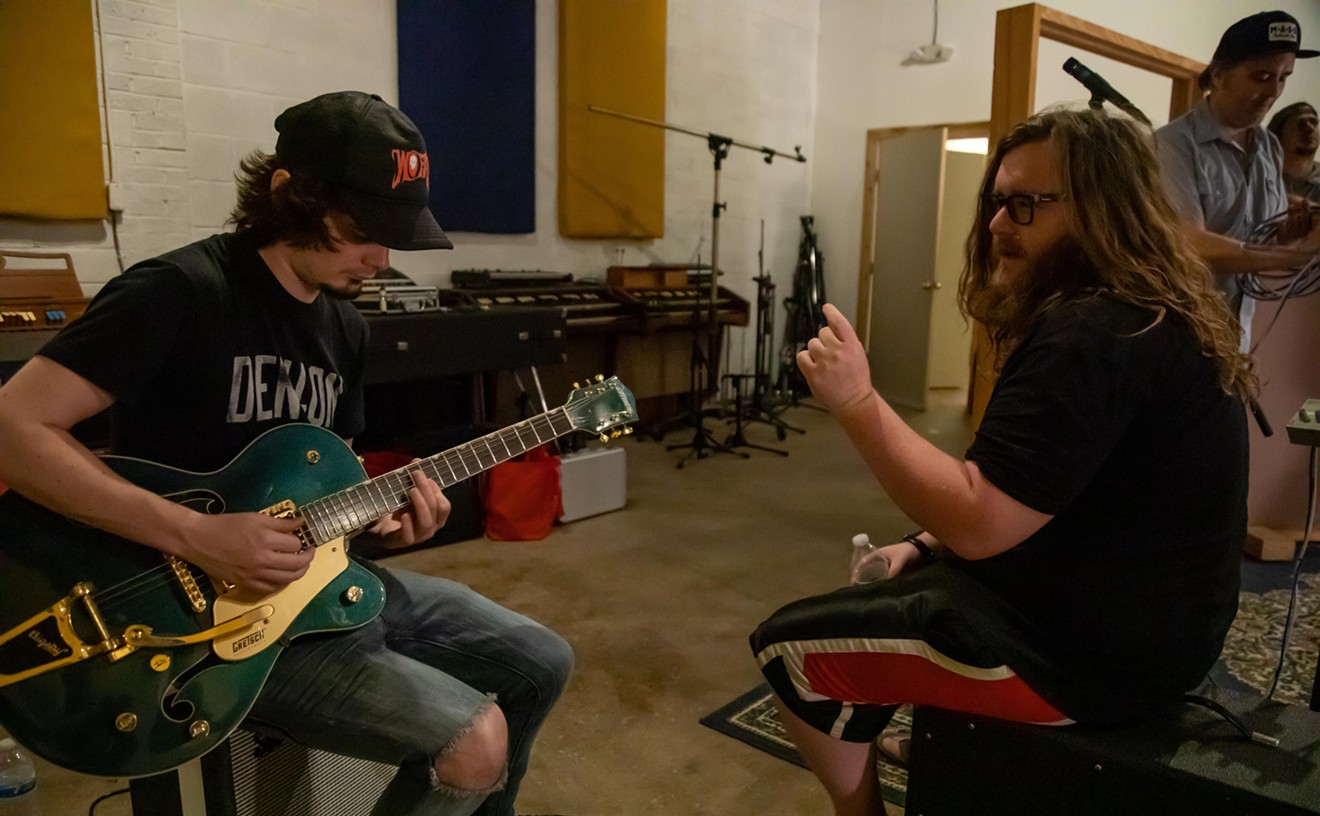Once these acts reach a certain level of stardom, however, curating their images by putting restrictions on photographers becomes more important than capturing moments for people to see for years to come. This is killing concert photography.
“I don’t know if it’s the anecdote of death by a thousand mosquito bites,” concert photographer Jason Janik says. “[But] it’s something that has slowly been happening for decades.”
A common handicap put on photographers is the three-song rule. It is what it sounds like — pictures are limited to the first three songs of an act’s performance. Paul Natkin, a Chicago concert photographer, told fstoppers.com that the rule started during the ’80s with bands in New York. Around the same time, music television began broadcasting into people’s homes, making artists want to look as perfect onstage as they did in their music videos.
Janik says the rule makes sense on its own. For more aggressive acts that might need security or performances involving pyrotechnics, the three-song rule can serve to protect the photographer. But he says acts' management also steps in to approve or reject a photographer's work.
At this point, the photographer becomes a part of the band's marketing machine.
At Charley Crockett’s recent Majestic Theater show, rumors were floating around in the photo pit that the musician only wanted photos of the first and last four songs. But the photographer's role is to document the full experience.“I understand where they’re coming from. [But] sometimes I do think they’re being divas. It’s getting a little bit out of control.” – Mike Brooks
tweet this
“I see myself as an archivist more than anything else,” Janik says. “[I am] capturing and holding moments that those few hundred or few thousand got to experience.”
When a photojournalist is forced to sign a contract with an act, the reality he or she is supposed to be capturing becomes manufactured.
Mike Brooks, who contributes to the Dallas Observer, says generally the bigger the band is, the more restrictive it is. When shooting a Marilyn Manson show, Brooks was only allowed to shoot about 45 seconds of the set, he says.
“I understand where they’re coming from,” Brooks says. “[But] sometimes I do think they’re being divas. It’s getting a little bit out of control.”
It's hard to tell the difference between someone who wants to get a great photo and someone who just wants to be close to a celebrity, Brooks says. However, he says there is another side to this — the big star-making machinery.
Tour photographers like David Swanson, the only photographer allowed to shoot Jack White’s Bomb Factory performance April 27, help bands better craft the images they want to project to their fans. It seems to be a growing trend within the industry, Brooks says, and could mean the end of objective storytelling via photographs.
It will not be long before every photo we see is what bands and their managers meant for us to see. If there is a future for concert photography, it will be in shooting for smaller bands at DIY concerts.












